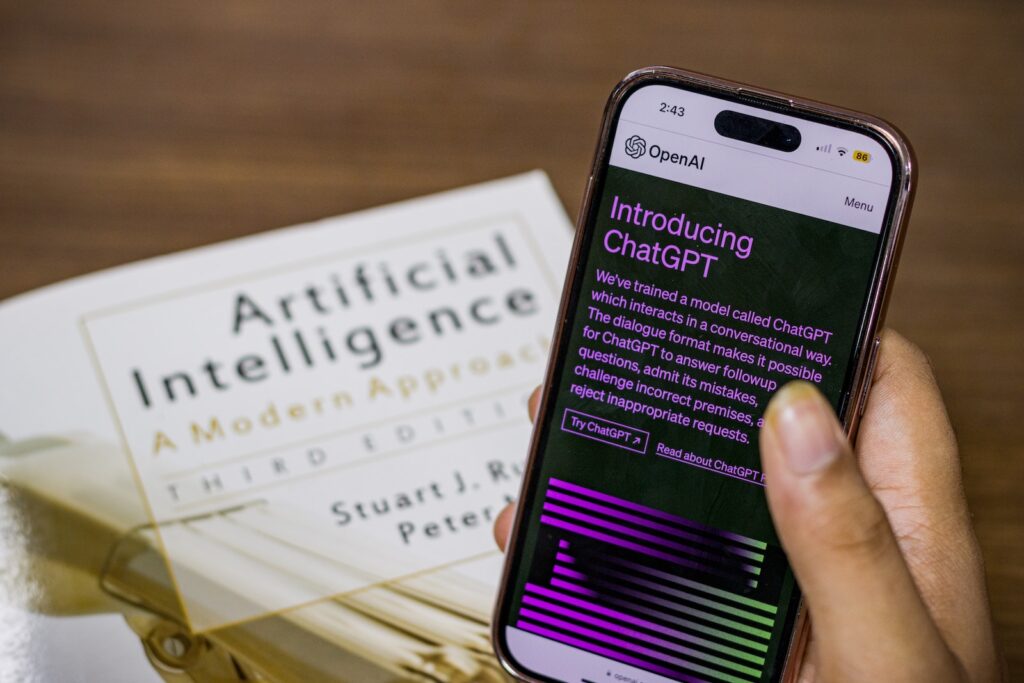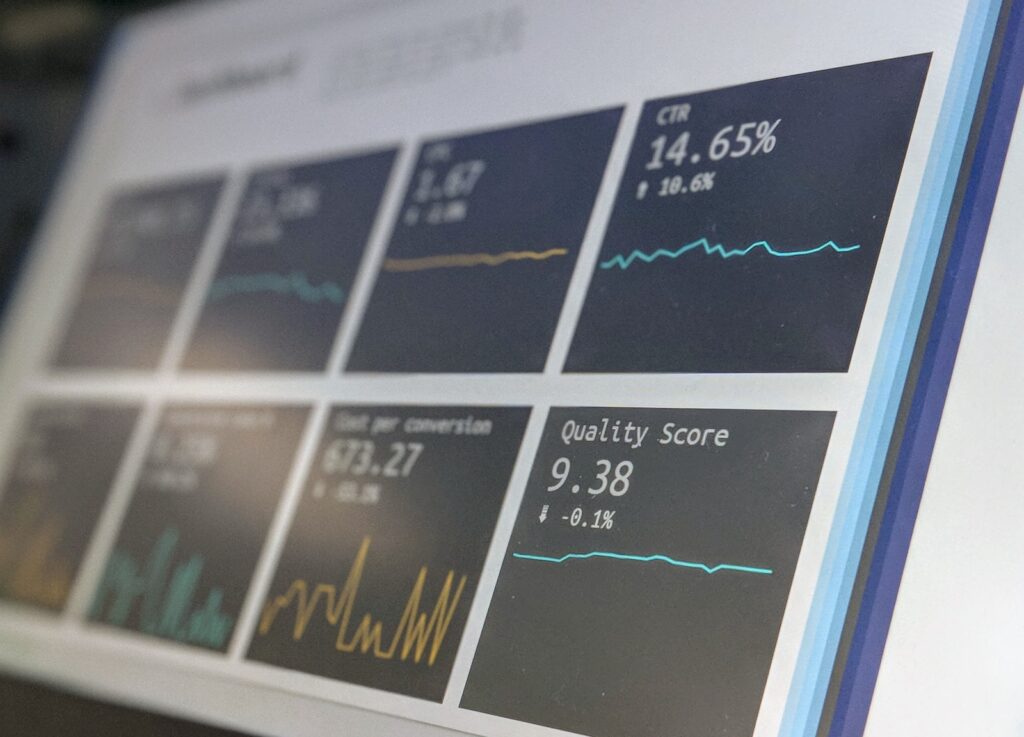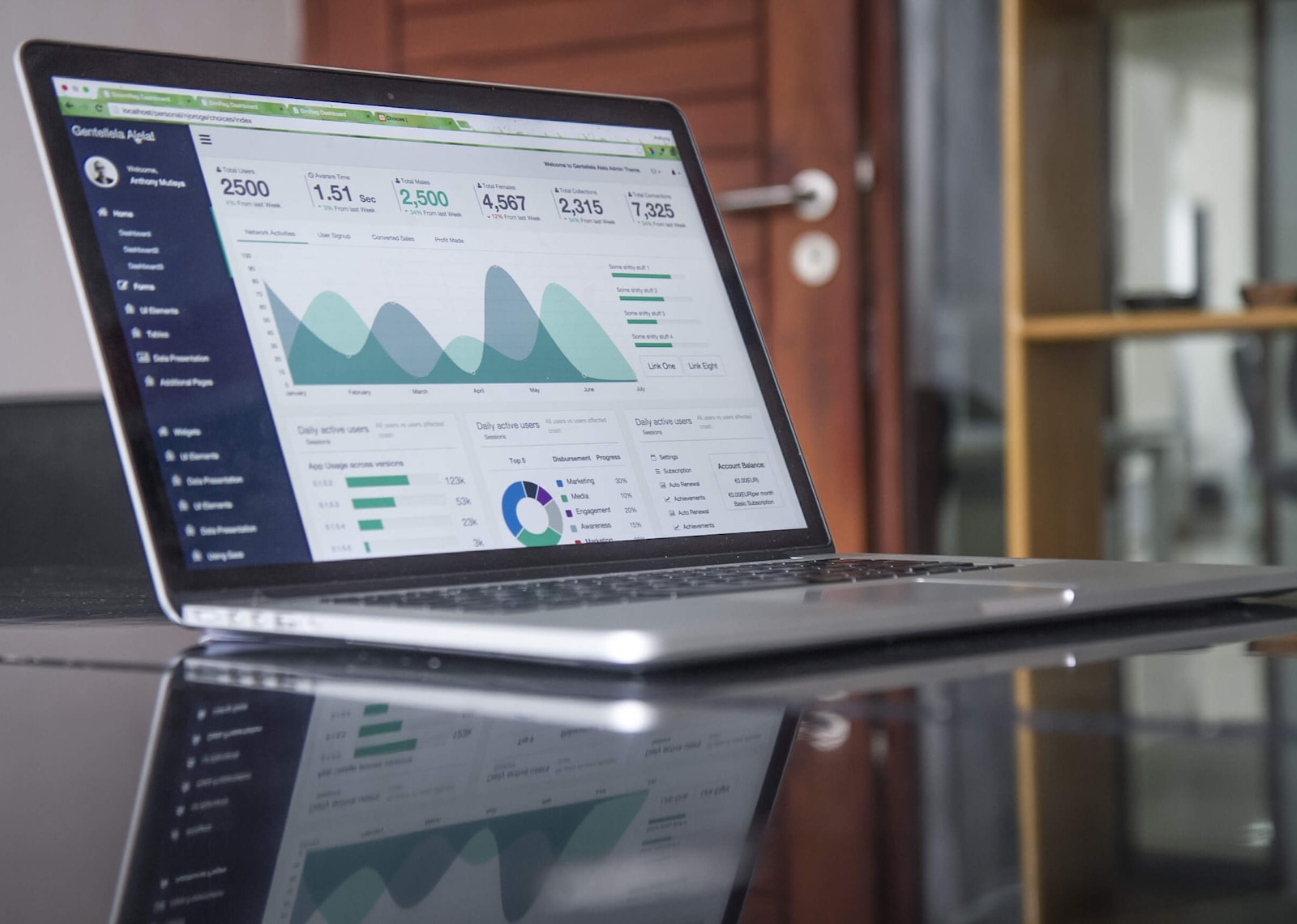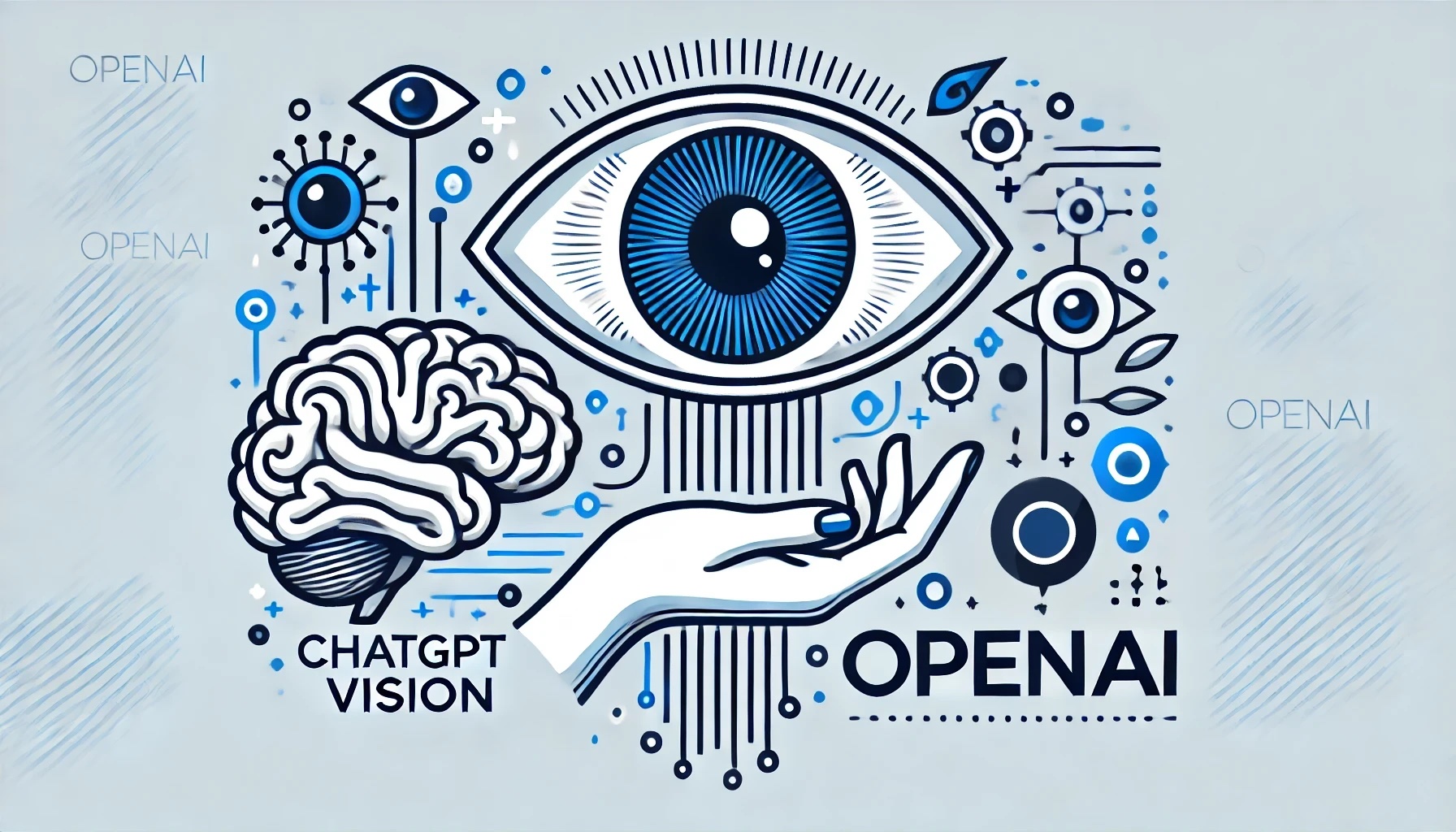A Beginner’s Guide to Using ChatGPT AI technology for Smart Stock Investments
The world of stock market investing can be complex and intimidating, especially for beginners. But with the advent of AI technology like ChatGPT, even non-tech-savvy individuals can gain valuable insights for making informed investment decisions. In this beginner’s guide, we will explore how ChatGPT can help you analyze stock market data, identify trends, and make smarter investment choices without getting overwhelmed by technical jargon.
Understanding ChatGPT and its Capabilities

ChatGPT is a language model powered by AI that can read and respond to text like a human. It has been educated on a mountain of data, including financial market data. ChatGPT has powerful features but is yet simple enough for novices to utilize. It can be used for stock market analysis without the need for technical expertise or financial savvy.
Identifying Patterns and Trends

Before structuring your data for analysis, it’s important to identify patterns and trends to gain a better understanding of the stock market. ChatGPT can help you extract insights from large amounts of data that may not be immediately obvious to the human eye.
To utilize ChatGPT’s capabilities to identify patterns and trends, you can feed it historical stock market data. This data includes the price, volume, and other metrics of a stock over a specific period. By analyzing this data, ChatGPT can identify patterns and trends, which can help you make informed decisions based on historical performance.
Structuring Data for Analysis

To make the most of ChatGPT’s capabilities, it’s important to structure your data in an organized and understandable format. Here are some key considerations when structuring your data:
Use tables or spreadsheets for numerical data: If you have numerical data such as historical price records, financial ratios, or economic indicators, it is helpful to organize the data into tables or spreadsheets. Each row can represent a specific date or time period, while each column represents a different variable or metric. This tabular format makes it easier for ChatGPT to understand and analyze the data.
Encode text data appropriately: If you have textual data such as news articles, press releases, or social media sentiment, it’s important to encode the text in a suitable format for ChatGPT. One option is to tokenize the text data, breaking it down into individual words or phrases. You can also represent the data as sequences or paragraphs depending on the context. Preprocessing techniques like word embedding or encoding the text using numerical representations can be helpful for ChatGPT to comprehend textual information.
Provide context and labels: When structuring the data, include relevant context and labels for better analysis. For example, when organizing historical price data, include the date, opening price, closing price, high and low prices, trading volume, and any other relevant information. Similarly, for financial statements, clearly label each statement (income statement, balance sheet, cash flow statement) and provide relevant financial metrics. Adding context and labels helps ChatGPT understand the data and make more accurate predictions and insights.
Timestamps and time intervals: When dealing with time-series data, such as historical price data, it is crucial to include timestamps or time intervals to indicate the time period of each data point. This will enable ChatGPT to analyze trends over time and make predictions for future performance accurately.
Consider normalization: If the data has different units, scales, or ranges, consider normalizing the data. Normalization helps ensure that the different variables are on a comparable scale, allowing ChatGPT to make more meaningful comparisons and predictions.
Ensure data quality: Before feeding the data into ChatGPT, ensure that it is accurate, reliable, and up-to-date. Incorrect or incomplete data can lead to inaccurate predictions and insights. Perform data validation and quality checks to eliminate any errors or inconsistencies.
Feeding Data into ChatGPT for Investing and Generating Insights

Now that your data is structured, it’s time to tap into ChatGPT’s analytical powers. Start by crafting simple and straightforward prompts, even if you are unsure about the exact terminology. Instead of using technical jargon, ask questions like “What are the historical price trends of a particular company?” or “How did a specific stock perform during a particular period?” ChatGPT will understand and provide insights based on the information you provide.
Once you’ve fed data into ChatGPT with well-crafted prompts, the AI model will analyze the information and generate insights for you. It can provide predictions on potential stock price movements, recommend diversification strategies based on historical data, and even identify promising investment opportunities. These insights serve as a starting point for your decision-making process, allowing you to make smarter investment choices.
Predictions and Insights from ChatGPT

Once you’ve fed data into ChatGPT with well-crafted prompts, the AI model will analyze the information and generate predictions and insights for you. Here are some examples of the type of insights ChatGPT can provide:
- Stock price predictions: By analyzing historical data and identifying patterns, ChatGPT can offer predictions on potential stock price movements. It can provide insights into whether a stock is likely to increase or decrease in value based on historical trends and market conditions.
- Diversification strategies: ChatGPT can recommend diversification strategies based on historical data. It can analyze correlations between different stocks and asset classes to help you create a balanced portfolio that minimizes risk.
- Investment opportunities: ChatGPT can identify promising investment opportunities by analyzing market trends, company financials, and other relevant data. It can highlight stocks that have shown consistent growth or have a strong competitive advantage, helping you uncover potential winners.
- Risk assessment: By examining historical market data, ChatGPT can help you assess the risk associated with specific stocks or investment strategies. It can provide insights into factors such as volatility, liquidity, and industry stability, allowing you to make more informed decisions.
- Market sentiment analysis: ChatGPT can analyze news articles, social media sentiment, and other textual data to assess market sentiment. It can gauge public perception and sentiment towards specific stocks or industries, providing insights into potential market reactions.
These predictions and insights from ChatGPT serve as valuable inputs for your decision-making process. However, it’s important to note that they are not guarantees of future performance. Stock investing has risks, and it is critical to evaluate a variety of aspects and undertake extensive research before making any investment decisions.
The Future of Stock Market Investing with ChatGPT

While ChatGPT offers exciting possibilities for beginner investors, it’s important to acknowledge its limitations. AI models rely heavily on historical data and may not account for unexpected events or sudden market shifts. Therefore, it’s crucial to use ChatGPT’s insights as a tool alongside your own research and judgment. Remember, investing in stocks involves risks, and thorough analysis is always necessary.
As AI technology continues to advance, we can expect further enhancements and improvements in stock market analysis. ChatGPT’s capabilities will likely continue to evolve, incorporating more real-time data and adapting to changing market dynamics. This will provide investors with even more accurate predictions and insights to make smarter investment decisions.
In conclusion, ChatGPT can be a valuable tool for beginner investors in analyzing stock market data, identifying trends, and making informed decisions. By leveraging its predictions and insights, combined with your own research and judgment, you can navigate the complex world of stock market investing with more confidence and potentially improve your investment outcomes.
Disclaimer: The Author acknowledges that AI technology may have been utilized in generating the content of this site. However, the Author assumes no responsibility or liability for any errors or omissions in the content. The information provided on this site is intended to be informative and helpful, but it is provided on an “as is” basis with no guarantees of completeness, accuracy, usefulness, or timeliness. Visit our website disclaimer page as a reference



